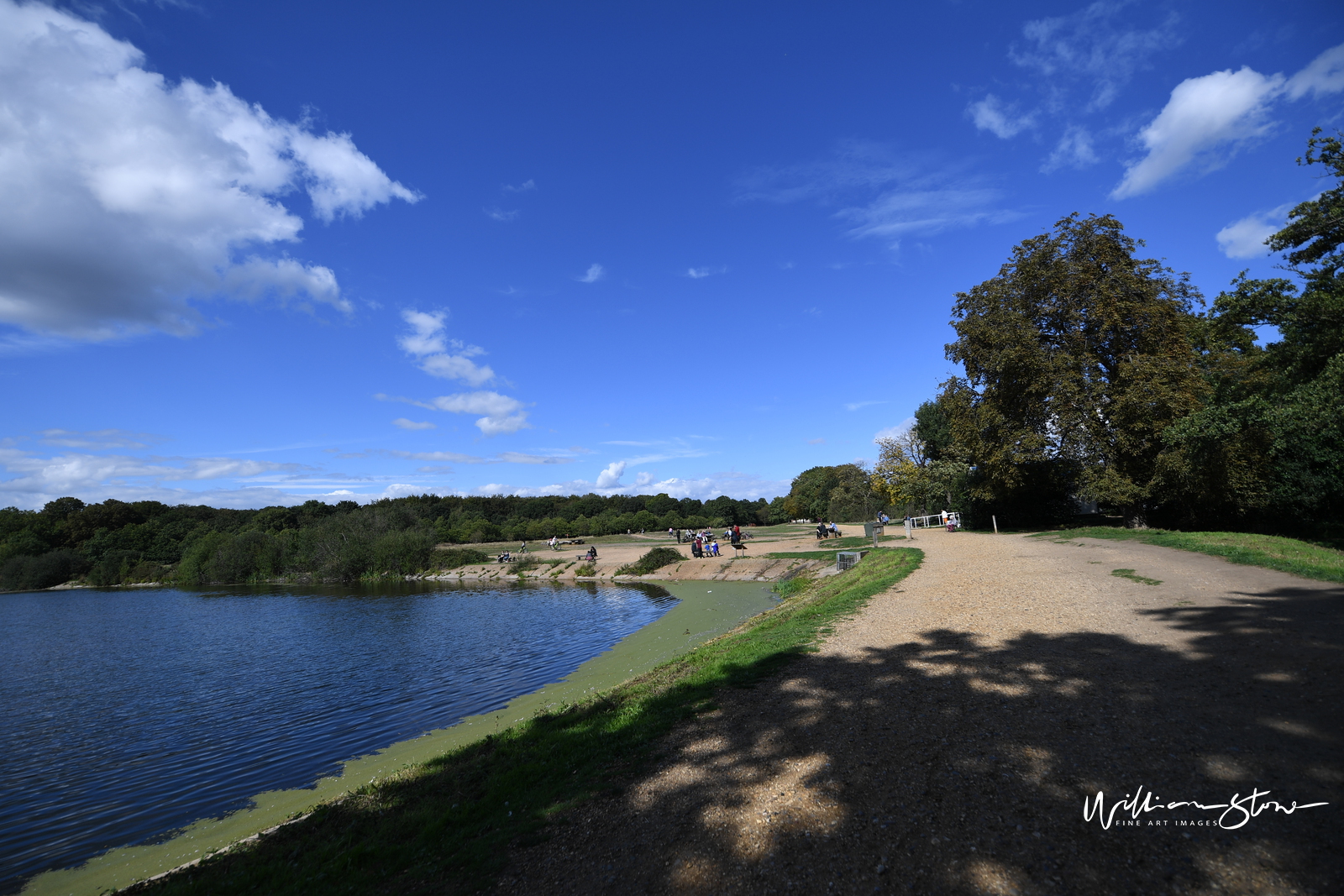When the virus came on the world, no one knew what a drastic effect Covid would have on everyone. I know some people that passed not because they had Covid, but they had no access to medical facilities they needed to treat themselves.
Covid Outing Photography - July 2020

If you live near a river or lake, visit it at different times of the year to photograph its full diversity. A waterway can be raging when snow is melting, or it can be placid at the end of summer. If you live or photograph in a cold country, the waterways may be partially or frozen during the winter. Rivers have their beauty. Tall trees or grasslands often border a gently meandering river. Other rivers carve deep canyons and are surrounded by massive granite rocks and maybe a few trees. Rivers can swell to fill (or overrun!) their banks during the rainy season, but at other times of the year, they can resemble a beach. Rivers are also wildlife sanctuaries.
Shoot in Aperture Priority mode and choose the smallest aperture possible. When you photograph a scenic river, you want every subtle detail to be in focus. Fill the frame with the river in the foreground. If that isn’t possible, get as much of the river in the frame as you can. Always shoot from a low vantage point. Crouch down when shooting a river from ground level. This vantage point gives your viewers a scene of space and scale.
If you don’t like to crouch low and your camera has Live View, enable it and compose your image using the camera LCD monitor. Remember that you can’t hold the camera as steady when you’re using Live View because the camera is in front of you. Increase your shutter speed slightly to offset any operator movement. A hot-shoe level is also useful to ensure the camera is parallel to the horizon. Photograph the river from a unique vantage point. Unless you have exciting scenery surrounding the river, or you are photographing a raging river, find a bend in the river and use the curve as a compositional element. If possible, place the horizon line in the upper third of the image. The river will become the main component in your picture. If you can’t achieve this composition, make sure the river is more than half of the image.
